How to Stop Guessing Your Way Through Home Coffee Brewing
Key Takeaways
- Understanding coffee brewing basics eliminates guesswork for consistent results.
- The right equipment enhances control and precision in home brewing.
- Experimenting with brewing ratios helps perfect your coffee recipe.
- Tasting and adjusting are crucial for refining flavor to your preference.
- Troubleshooting common issues ensures a satisfying, balanced cup every time.
To stop guessing your way through home coffee brewing, it’s important to embrace a methodical approach. First, understanding the fundamentals of how to make coffee at home can transform your experience into a consistent and delightful one. Start by exploring the nuances of pour over coffee brewing, a technique that allows for greater control over the flavor and strength of your brew. Mastering this involves perfecting the coffee brewing ratio, which is crucial to achieving a balanced cup. By focusing on precise measurements and timing, you can eliminate the guesswork and craft the perfect brew each time, turning your kitchen into a personal café haven.
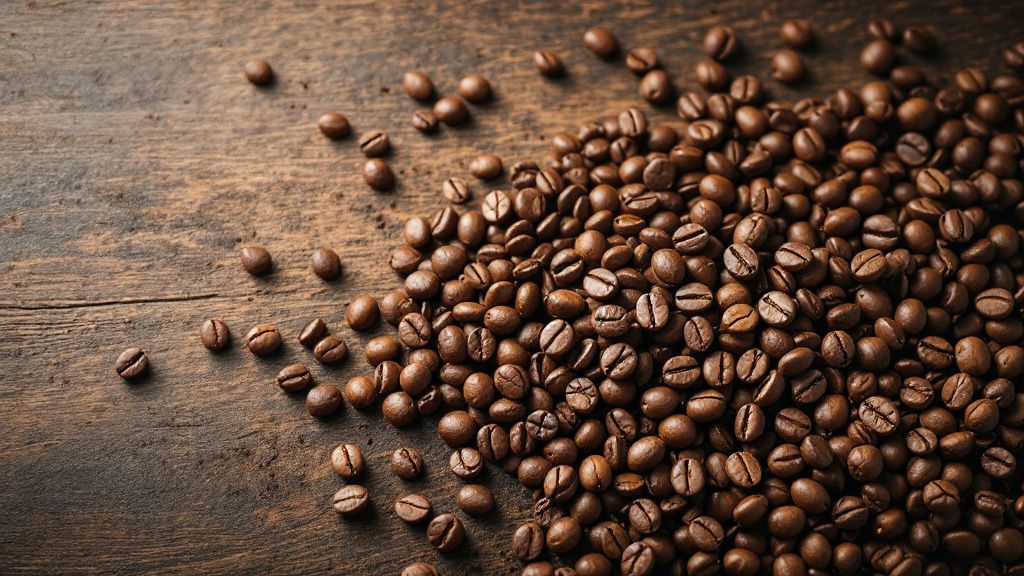
Understanding Coffee Basics
Understanding the basics of coffee is crucial to refining your home brewing skills. Coffee brewing starts with selecting quality beans, which significantly impact the flavor of your cup. Opt for fresh, whole-bean coffee rather than pre-ground, which tends to lose its flavor over time. Once you have quality beans, ensure you're using the right grind size for your chosen brewing method, whether it’s pour over coffee brewing or another technique.
A key aspect of home coffee brewing is the coffee-to-water ratio. This ratio, known as the coffee brewing ratio, determines the strength and flavor balance of your brew. A common guideline is using one to two tablespoons of coffee for every six ounces of water, but you can adjust this based on your taste preferences. Precise measurements help take the guesswork out of the process.
Water temperature is another pivotal factor in how to make coffee at home. Aim for a temperature between 195°F and 205°F to maximize extraction without scorning the beans. This ensures your coffee has a rich, developed flavor. Pour over techniques often rely on consistent, even water distribution during the brewing process.
For instance, if you’re using a pour over setup, investing in a gooseneck kettle can significantly improve your control over the water flow. This tool allows you to pour with precision, ensuring thorough saturation of the coffee grounds and consistent extraction. By understanding these coffee basics, you can elevate your daily brewing routine and make informed decisions for a more enjoyable cup.
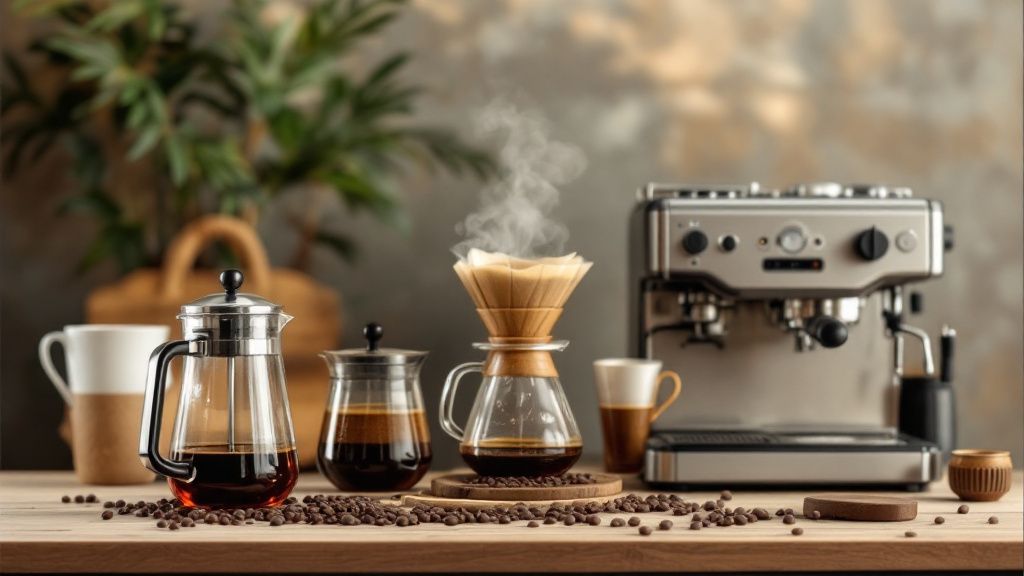
Essential Brewing Equipment
Achieving a consistent coffee experience at home begins with the right equipment. Key pieces include a quality grinder and a reliable coffee maker. A burr grinder is preferable as it offers uniform grind sizes crucial for controlling extraction and achieving the perfect coffee brewing ratio. For versatile brewing, consider a pour over setup, which offers precision and simplicity.
The type of coffee maker can reflect different brewing philosophies. Some coffee enthusiasts prefer the hands-on approach of devices like Chemex or Hario V60, which allow intricate control over every brewing variable. Others lean towards machines with automated features for convenience, maintaining that ease should complement the art of brewing.
On one side, some argue that simplicity is key, with minimalistic setups epitomizing the essence of how to make coffee at home efficiently. However, there’s also the perspective that investing in advanced technology enriches the brewing process, offering greater consistency and flexibility. Whether opting for manual or automated equipment, your choice should align with your brewing goals and lifestyle preferences.
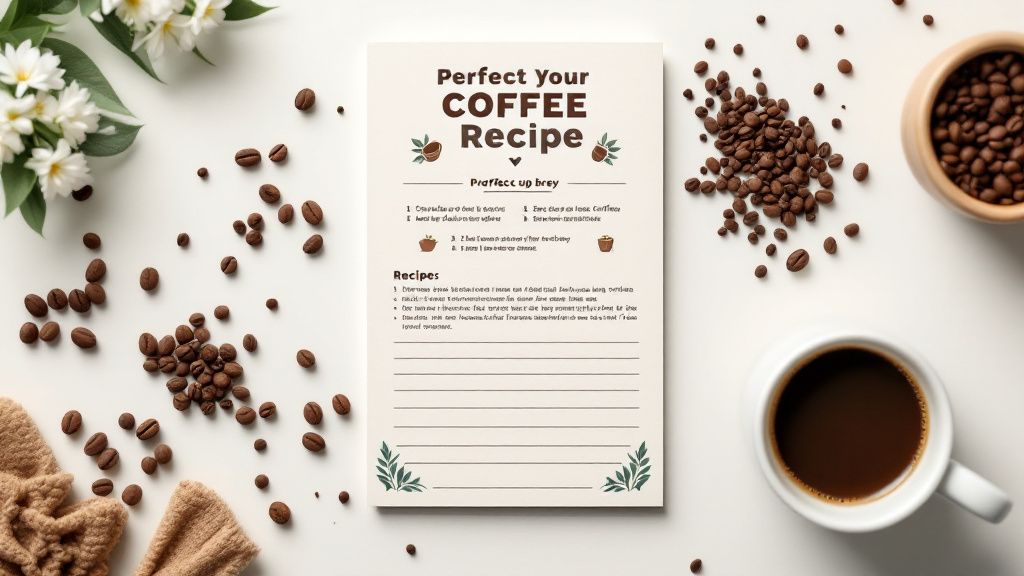
Perfecting Your Coffee Recipe
Perfecting your coffee recipe involves an intimate understanding of the variables at play. Begin by experimenting with the coffee brewing ratio to find what suits your palate. A common starting point is the 1:16 ratio of coffee to water, allowing you to tweak the amount based on flavor preferences. Even slight adjustments can dramatically shift the taste, offering you a more tailored and flavorful experience.
The brewing technique you choose is another significant factor. Comparing pour over coffee brewing with methods like French press reveals distinctive flavor profiles. Pour over tends to deliver a cleaner, nuanced cup due to the paper filter and controlled pour, whereas the French press offers a rich, full-bodied experience without a filter. This comparative analysis helps you determine which technique aligns best with your taste.
Water quality is another pivotal element when mastering how to make coffee at home. The minerals in water can affect extraction, highlighting certain flavors while muting others. Filtering your water or using bottled water can provide consistency and cleanliness, enhancing the final cup. By refining these elements—ratios, techniques, and water quality—you can create a personalized recipe that consistently hits the mark.
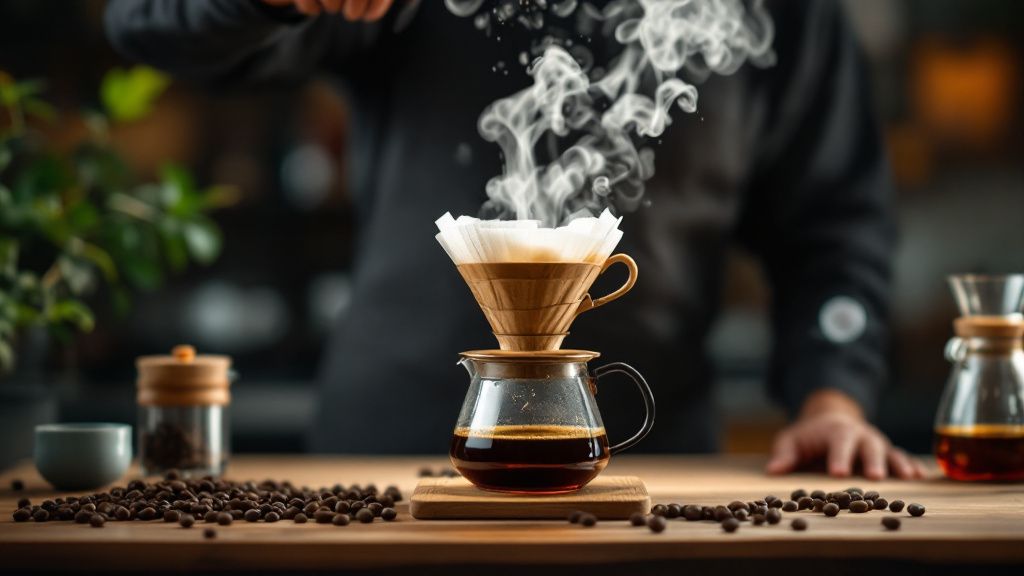
Understanding Brewing Techniques
Brewing techniques are the cornerstone of mastering how to make coffee at home. Each method brings out different aspects of the coffee's flavor profile, largely dictated by water temperature, brewing time, and grind size. Pour over coffee brewing offers fine control, allowing you to adjust each element to perfect your cup. By understanding these variables, you enhance consistency, eliminating guesswork and elevating your brewing experience.
Looking ahead, brewing techniques are expected to evolve with new advancements in coffee technology. Smart brewers with app connectivity could offer precise control over variables traditionally managed manually, like water temperature and brewing time. This technological influence on pour over coffee brewing and other methods may simplify the process while maintaining quality.
Embracing both innovation and traditional methods can enrich your brewing experience. Combining modern conveniences with foundational knowledge, such as the coffee brewing ratio, empowers you to innovate within your own kitchen. Whether by hand or with the help of technology, understanding these brewing techniques extends your ability to create consistently excellent coffee, making the process as enjoyable as the coffee itself.
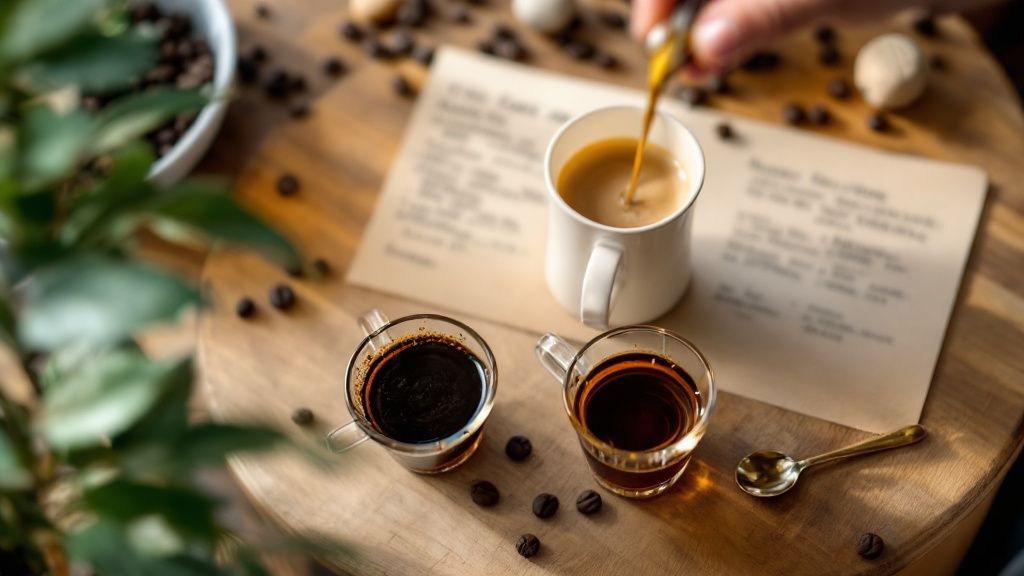
Tasting and Adjusting Your Brew
Tasting and adjusting your brew are vital steps in refining how to make coffee at home. Begin by consciously tasting your coffee; note its sweetness, acidity, body, and aftertaste. This sensory evaluation helps identify areas for improvement, such as adjusting the coffee brewing ratio or grind size, allowing you to craft a more balanced cup that meets your unique preferences.
To truly understand coffee brewing, you need to shift your mindset from routine preparation to responsive experimentation. Embrace the idea that small tweaks can lead to significant flavor changes. Observing how different techniques, like pour over coffee brewing, affect taste, encourages a more dynamic interaction with brewing, fostering creativity and personal input into each cup.
Regular adjustments based on tasting guide you towards a brew that satisfies on both a technical and sensory level. Consider keeping a brew journal to track changes in variables like water temperature and grind size, aiding in the pursuit of your perfect cup. This mindful approach transforms brewing from a repetitive task into an engaging exploration, enriching both process and outcome.
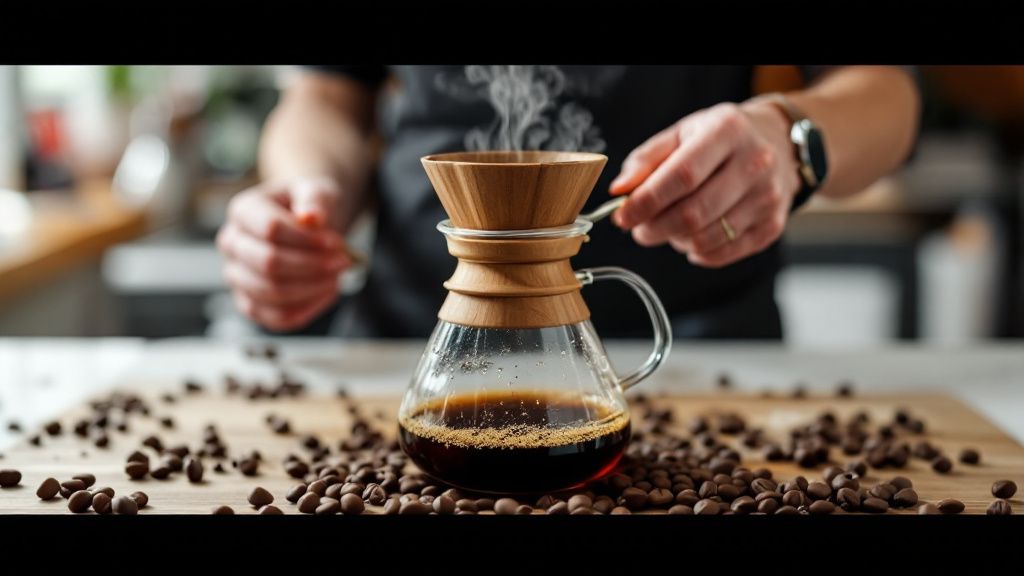
Troubleshooting Common Issues
Navigating common coffee brewing issues can enhance your experience significantly. Over-extraction and under-extraction are two frequent hurdles, often resulting in overly bitter or weak coffee. To address these, consider adjusting the coffee brewing ratio or grind size. A finer grind can slow extraction for a richer flavor, while a coarser grind speeds it up, preventing bitterness.
One of the most frequently asked questions about pour over coffee brewing is why the brew might taste sour. Here’s the answer: Sourness usually indicates under-extraction. You can tackle this by increasing water temperature or extending brew time, both of which help extract more sugars and balance the flavor profile, providing a smoother cup.
Another common issue is uneven extraction. This often results from inconsistent pouring techniques. To improve, use a gooseneck kettle during pour over brewing for precise control over water distribution. Ensuring all coffee grounds are evenly saturated helps achieve a more uniform extraction, resulting in a balanced and satisfying brew. Addressing these nuances can transform any cup from average to exceptional.
Frequently Asked Questions
How can I improve the taste of my home-brewed coffee?
Improving the taste often involves adjusting the coffee brewing ratio, grind size, or water temperature to better suit your preferences.
What equipment is essential for home coffee brewing?
Key equipment includes a quality grinder, a reliable coffee maker, and a gooseneck kettle for precision brewing.
Why does my coffee sometimes taste bitter?
Bitter coffee typically results from over-extraction; try using a coarser grind or reducing brew time.
How important is the water quality for brewing coffee?
Water quality is crucial as minerals in water can greatly affect extraction and flavor, so using filtered or bottled water is recommended.
What is the best method for pour over coffee brewing?
The best method is subjective, but a consistent pouring technique and a proper coffee-to-water ratio are key for achieving a balanced flavor.
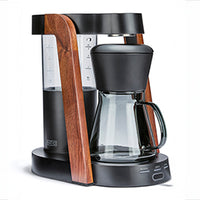 Ratio Eight S2
Ratio Eight S2
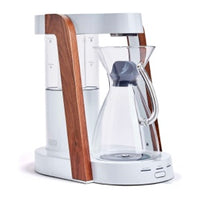 Ratio Eight Original
Ratio Eight Original
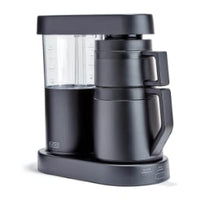 Ratio Six
Ratio Six
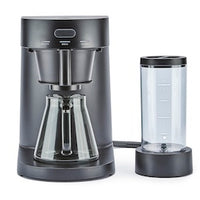 Ratio Four
Ratio Four
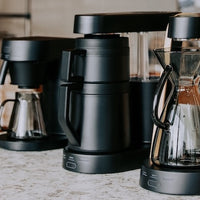 Compare Machines
Compare Machines






